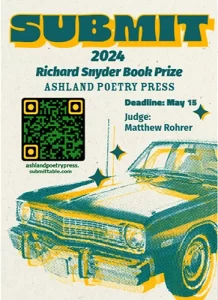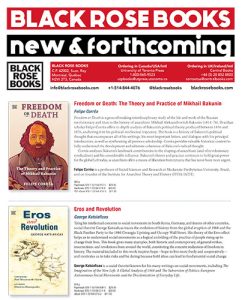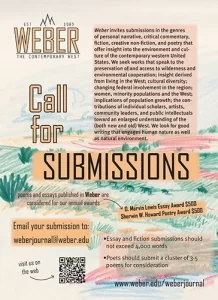The Journal – Spring/Summer 2006
Volume 30 Number 1
Spring/Summer 2006
Biannual
Aaron Gilbreath
It’s a confident mag that simply calls itself “The Journal,” as if it were the only one, but after 33 years of publication, The Journal has earned that right. Committed to publishing “writing not easily classified by genre,” this volume packs 132 potent pages.
It’s a confident mag that simply calls itself “The Journal,” as if it were the only one, but after 33 years of publication, The Journal has earned that right. Committed to publishing “writing not easily classified by genre,” this volume packs 132 potent pages. Marsha Recknagel’s essay “Between Two Storms” reflects on Hurricane Katrina’s psychological impact. Recknagel, whose family, friends, memoir and life’s milestones are, or were, all rooted in New Orleans, now finds her sense of self and identity lost somewhere between past and present tense and frets over what geographic devastation means to a person for who, like her Southern culture, “the past is never the past,” but always the present. In the essay “Bo,” MFA student Julie Wan recounts the struggle to unravel the mysteries of her native Chinese medicinal traditions as they lay hidden behind conceptual and language barriers. With vivid glimpses into her father’s schooling in Communist Korea, Wan relays how that same medical tradition saved her from being aborted when her mother briefly defied doctor’s orders not to eat certain “cool” foods. And the fiction is stellar, too. Meghan Fox’s “Her Cause Was Holy,” winner of The Journal’s first annual Flash Writing Contest, weaves a familiar tale of sexual awakening with the unique motif of two Iraq wars. In “When You’re Smiling,” Louis Gallo follows one dour, self-pitying father’s fixation on a perpetually smiling woman who he thinks has the secret to happiness; through a wash of mechanical, microbial and familial troubles, he confronts his fear of fun, letting go and awakening to life’s small pleasures. As moving as these pieces are, the issue’s strongest story is Armand ML Inezian’s “Clean,” which follows an A.D.D. Armenian kind-of-college-kid as he struggles to create a viable life for himself just as he starts to descend into the violent, hopeless world of LA’s Armenian versus Mexican gang warfare. An unsentimental mixture of alien subcultures and familiar feelings, the characters linger like bullet holes in a shot-up stop sign, and the narrative voice captures youth’s gritty parlance and desperate confusion while still maintaining youth’s humorous abandon. See? Like the magazine says: writing this good doesn’t need a fancy name.
[www.English.osu.edu/journals/the_journal]




